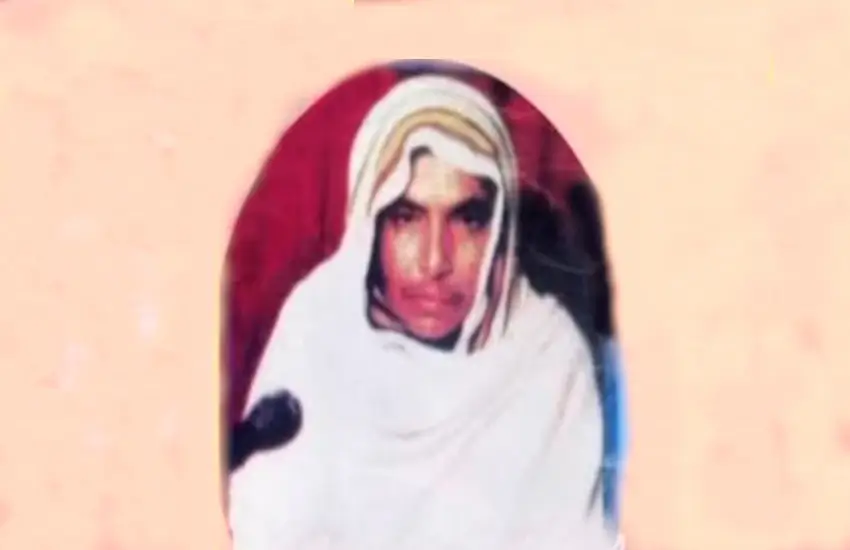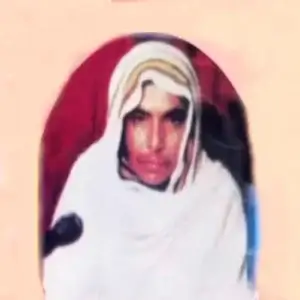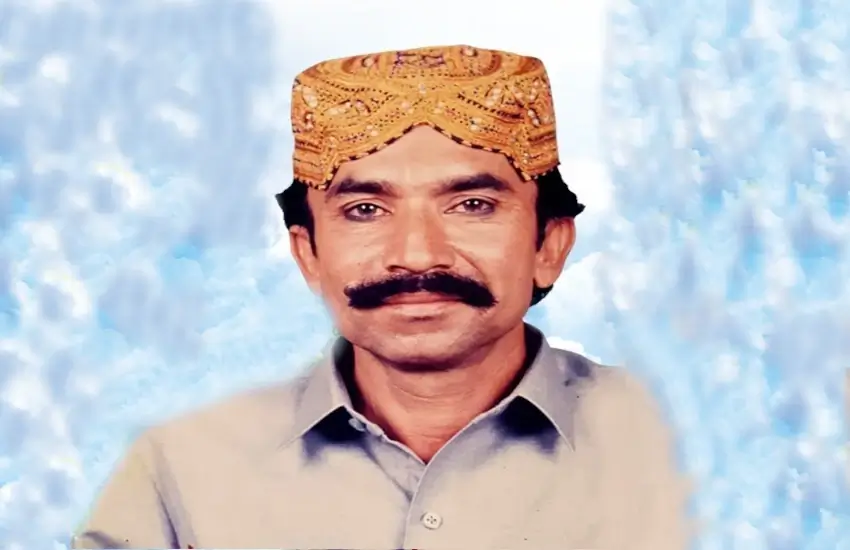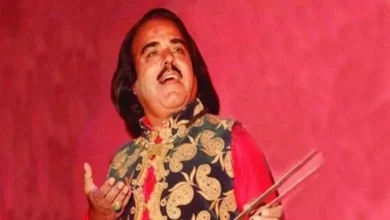Mai Noor Bano – Bio, Top 20 Best Sindhi Folk Music

Mai Noor Bano most popular Sindhi music artist, she is a legendary singer of Sindh, and her voice captured the spirit of Sindhi soul music. Sindhi folk music has a vibrant history, steeped in cultural traditions handed down for generations. Let us explore the life, work, and influence of Mai Noor Bano, the master of Sindhi folk and folk songs.
Best Mai Noor Bani Sindhi Classical Music Download
Biography and Early Life
Mai Noor Bano was born in 1942 in Mithugopang village in Badeen, Sindh. Her musical adventure began at a young age, and she was quickly recognized for her innate knack for singing Sindhi folk melodies and traditional folk songs. She moved from Rip Sharif to Talhar, Sindh, where local gurus helped him develop and perfect her talent.
Mai Noor Bano: The voice that stuck for a long time
One of the most well-known folk singers in Sindh and beyond. Mai Noor Bano’s music takes us to another era where the breathtaking beauty of Sindhi villages permeates the atmosphere.
Her musical training was guided by Ustad Mithoo Kachhi and Hayat Gopang, who taught her the intricacies of Sindhi music. This training laid the foundation for a career that would see her become a household name across Sindh.
Development: Radio Pakistan Hyderabad
Following her debut on Radio Pakistan Hyderabad in 1965, Mai Noor Bano’s career took a significant turn. Her first single, “Munhanjay Maruaran Joon Boliyun Sujaann,” was an instant success, and her passionate voice quickly grabbed the hearts of the listeners.
Mai Noor Bano was a regular at Radio Pakistan for many years, where she sang numerous Sindhi folk songs such as “Mohinja Mat Ainda Moo Khi Dorai Disanda,” “Mohinje Mithren Maroen Te Kakar Chave Kajan,” and so on. These songs not only influenced the music industry, but they also became timeless classics that listeners still enjoy today.
Performances at mehfils, ceremonies, and weddings
The songs of Mai Noor Bano were not just radio waves. She was popular in the countryside for mehfils (musical events), melas (sporting events), and open wedding ceremonies.
The music of Mai Noorbano played an important role in preserving and promoting Sindhi culture. Through her music, he showcased the rich heritage of Sindhi classical music to urban audiences, bridging the gap between the village and the big city. Her music acted as a cultural ambassador, showcasing the beauty and depth of Sindhi tradition to the wider Pakistani public.
Collaboration and Legacy
Throughout her career, Mai Noor Bano worked with many renowned Sindhi artists including Mr. Muhammad Ibrahim, Mithoo Kacchi, Zarina Baloch, and Amina.
Many of her songs are preserved in the archives of Radio Pakistan Hyderabad, where they are played regularly, ensuring that her legacy lives her contribution to Sindhi folk songs is immeasurable and she remains an inspiration for the future generation of artists.
History and significance of Sindhi folk songs
Music is sometimes classified into numerous styles, such as “snares” and “wai,” each with its distinct features. Bates’ rhythmic melodies are well-known, in contrast to the warm, rhythmic way, which was frequently instrumental.
Wai music, also known as Sindhi coffee, has been performed by several great musicians, including Mai Noor Bano. These songs, as well as others like Kalam and Arfana Kalam, are popular in adjacent regions such as Kutch, Rajasthan, Punjab, and Balochistan.
Shah Jo Risalo and its influence on Sindhi music
One of the cornerstones of Sindhi classical songs is Shah Jo Risalo, verses written by the great Sufi poet Shah Abdul Latif Bhitai. These verses consist of 30 suras (songs) and are a blend of spiritual wisdom and cultural heritage, often sung in raga style.
Her creation of this spiritual poetry added a touch of mysticism to her music and gave her performance even greater depth.
A life of struggle and triumph
Economic hardships marked the latter years of her life, and she died in poverty. On February 14, 1999, Mai Noorbano died in Talhar and was buried in the Hyder Shah Lakyari Cemetery.
Conclusion
Mai Noor Bano’s contribution to Sindhi folk classical music is unparalleled. Her voice, often described as ghostly beauty, captured the essence of Sindhi culture and brought countless audiences to life. Even after her death, her music remains a source of inspiration, preserving the rich traditions of Sindh for future generations. Her music is full of emotion and cultural significance, a testament to her talent and dedication to her music. For more Sindhi Folk music visit our website Media Music Mania.
FAQs
1. Who was Mai Noor Bano?
Mai Noor Bano was a legendary Sindhi folk and classical music artist, renowned for her soulful voice and deep connection to Sindhi cultural traditions.
2. What are some of Mai Noor Bano’s most famous songs?
Some of her most beloved songs include “Munhanjay Maruaran Joon Boliyun Sujaann,” “Mohinja Mat Ainda Moo Khi Dorai Disanda,” and “Mohinje Mithren Maroen Te Kakar Chave Kajan.” These songs are considered timeless classics in Sindhi music.
3. How did Mai Noor Bano contribute to Sindhi culture?
Mai Noor Bano played a significant role in preserving and promoting Sindhi culture through her music. She bridged the gap between rural and urban audiences, showcasing the richness of Sindhi traditions to a broader audience.
4. What was Mai Noor Bano’s connection to Radio Pakistan?
Mai Noor Bano’s career took off after her debut on Radio Pakistan Hyderabad in 1965.
5. What challenges did Mai Noor Bano face in her life?
Despite her fame, Mai Noor Bano faced economic hardships later in life and passed away in poverty on February 14, 1999, in Talhar, Sindh. Her struggles highlight the challenges faced by many artists in sustaining their livelihoods.








